|
As the new harvest begins in Kenya, it is always important to dive into the complex relationship between coffee, politics, climate change, industry trends and international trade. The harvest has started this November at a very slow pace, and shows great potential for western coffees, i.e., the Bungoma region and its surroundings. In addition, the big news is a new government proposing deep structural changes to the industry at different levels, large millers and traders, the Nairobi Coffee Exchange and the cooperatives. In Kenya, there are three major coffee trading companies: Sucafina, Ecom and NKG. These companies also own factories and marketing agencies that were formed in accordance with government regulations, which required that a company could only engage in marketing, milling or exporting if it had companies dedicated solely to that particular service. With the current reforms, these companies lost their licences and were required to apply for a licence for a single service, e.g., marketing only.
0 Comments
Is specialty coffee a trend of experimental fermentations or a movement that seeks to generate profound changes in the way coffee is marketed in the world? What do we gain by talking so much about experimental fermentations if they rarely achieve exceptional cups? Can experimental fermentation really improve the quality of a poorly harvested lot? Are the experimental fermentations fully controlled or are there random elements that influence their final result? Apparently today it is no longer enough to produce washed, natural or honey coffees; A very good lot of washed Bourbon variety from Burundi seems to have lost its charm. In our opinion, there is something wrong with this industry, if we have to put orange peel or cinnamon sticks to add flavours to a lot! Fermentation in specialty coffees has never been and will never be controlled, at least until the day when the entire productive structure at origin is modified, and a technological level such as the one that exists today in the wine industry is reached.
A supply shock is an unexpected event that suddenly changes the supply of a product or raw material, resulting in an unforeseen change in price. Supply shocks can be negative, resulting in a decrease in supply; or positive, which produces an increase in supply; however, they are often negative. Assuming that aggregate demand does not change, a negative supply shock causes the price of a product to rise, while a positive supply shock reduces it.
The harvest is for specialty coffee production process, as the script is for a very good movie; the structural basis and the parameter that will mark its quality. Suppose we are going to process the lot A, which will be separated according to a series of characteristics that in the industry we call traceability (origin, altitude, process, cultivation, fermentation, etc.); The quality of lot A will be defined by the way in which its cherries are harvested. After the harvest, there will be no possibility of increasing the quality of this lot, we can only maintain it and try very hard not to reduce it.
|
Archives
April 2024
Categories
All
|
- What We Do
- Que Hacemos
-
Origins
-
Orígenes
- Education
- Educación
- Contact
- Contacto
- Home Roaster Store
- Tienda del Home Roaster

|
Copyright © 2015-2024 | Kilimanjaro Specialty Coffees España S.L.U. All Rights Reserved.
|
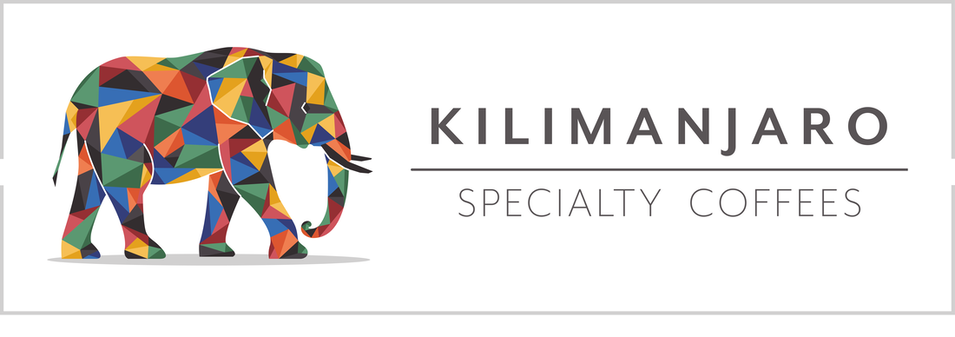
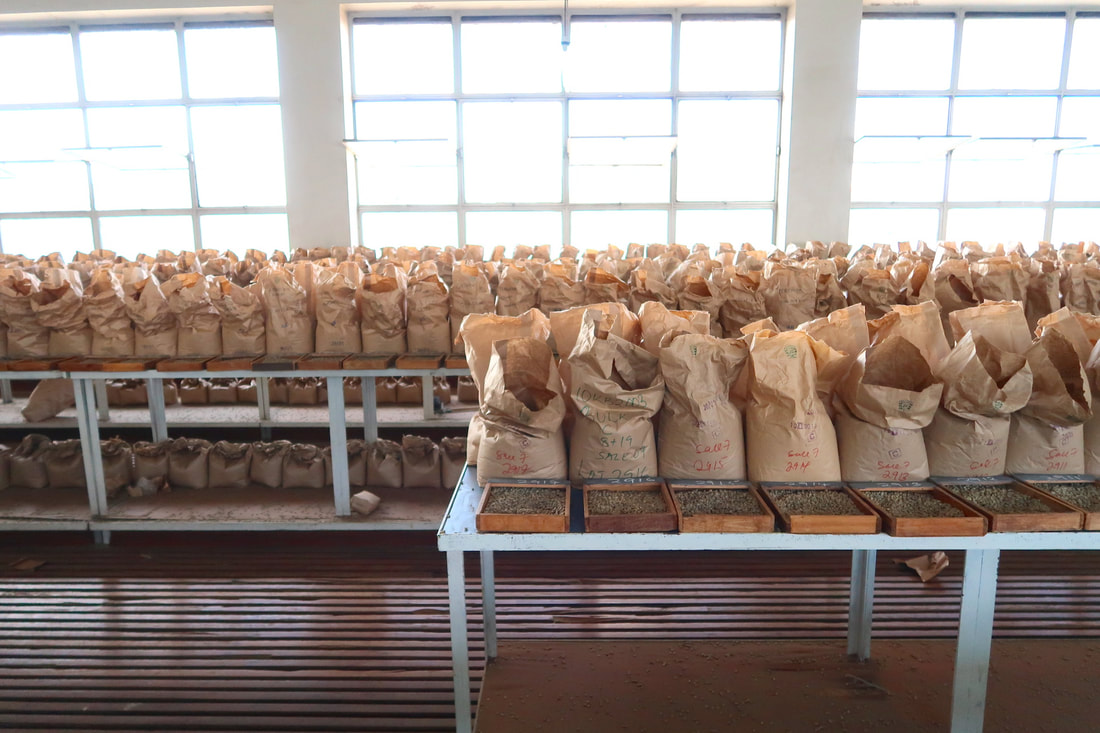
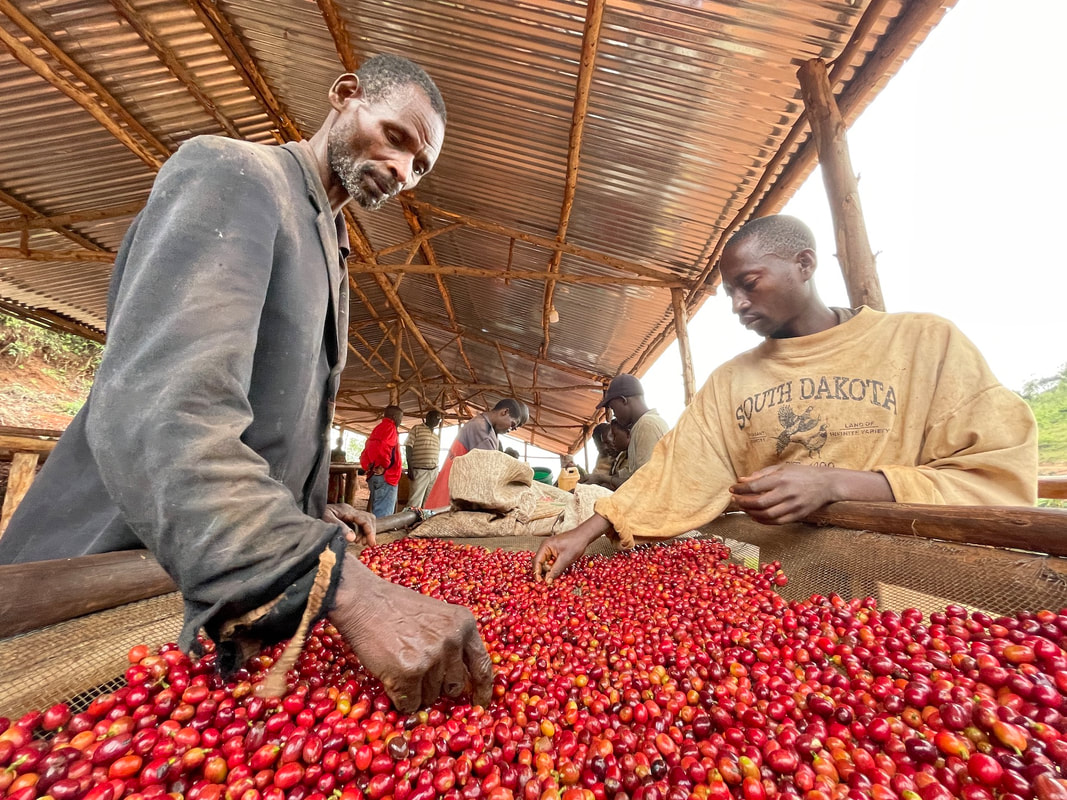
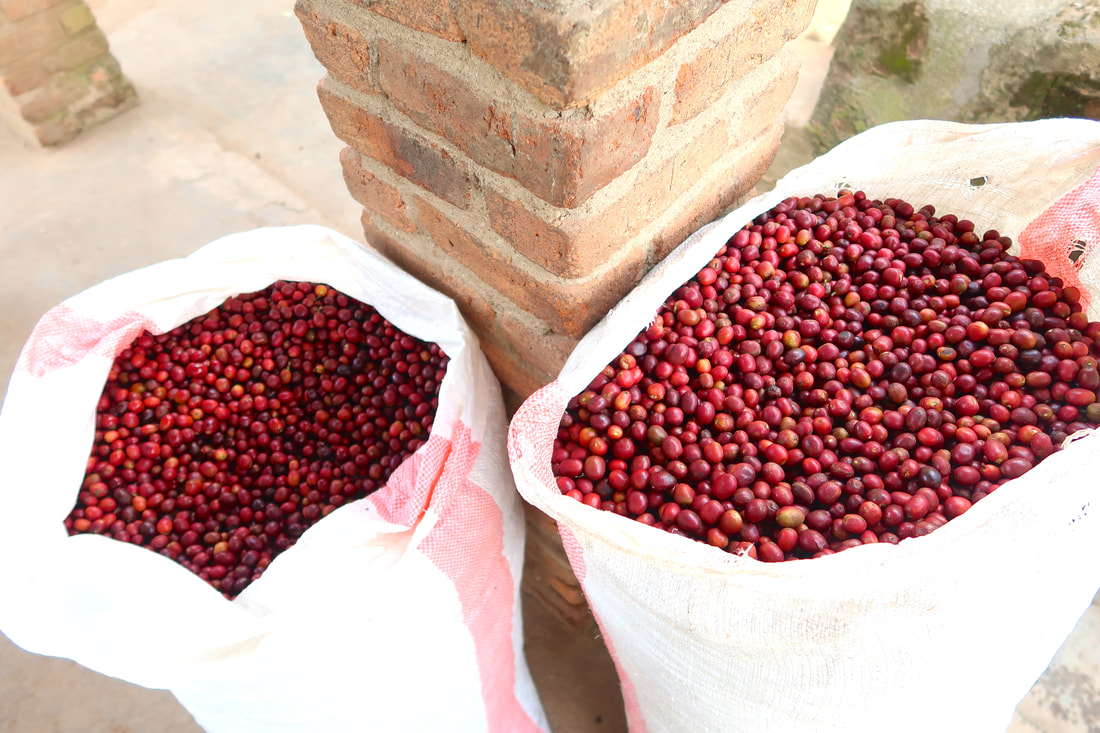
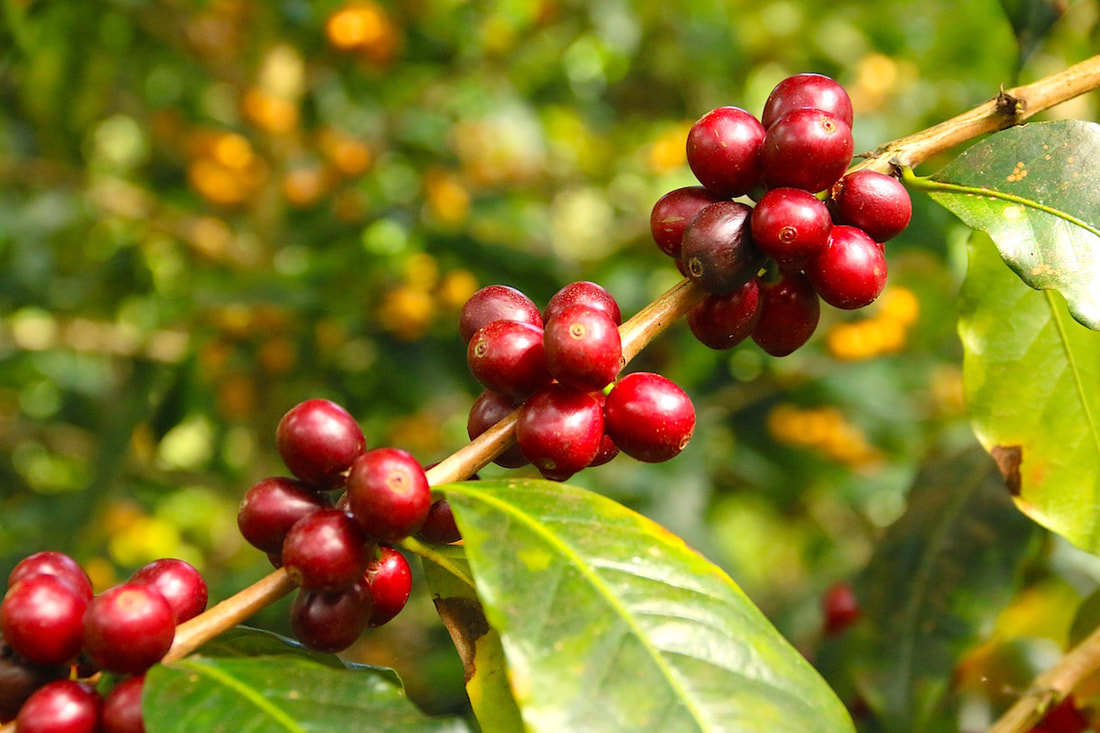
 RSS Feed
RSS Feed